A car seat is essential for keeping your child safe when travelling in the car and it’s important that you know the rules and regulations to ensure your children are as safe as possible.
If you are travelling with children in your car then you should be aware of the rules relating to their safety and use of a child seat, whether they are your children or not. As the driver you are responsible for any child under the age of 14 years old obeying the law.
A single seatbelt should only ever be used for one passenger, which means that a child should never be carried on someone’s lap.
The measurement used to determine which kind of car seat a child uses is their weight, rather than their age or height, until they are 12 years old or 135 cm tall which is when they are no longer legally required to use a car seat.
Other legal requirements you should be aware of include:
The only exception to the above rules are for emergency journeys for a short distance with a child over the age of three, when travelling in a minibus, minicab, taxi, coach or the rear of a van, and for journeys were a third child seat will not fit in the back of the car with two other children and the one without a car seat is over the age of three.
There are some other more general rules that you should obey when using children’s car seats.
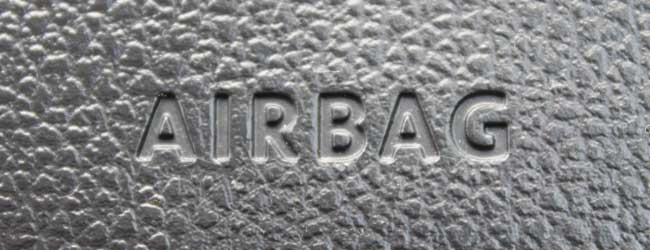
If you’re using a rear-facing child seat in the front passenger seat you should deactivate the front-facing airbags. Please note that some cars do not allow you to deactivate the airbags and if this is the case you should not place your car seat in the front passenger seat.
Always check the seat is secure and won’t wiggle before each journey.
Make sure the seat buckle is outside of the seat frame so that it is not accidently opened by the seat moving in the event of harsh braking or an accident.
Make sure that the seat harness is fitted correctly and in-line with the seat’s instructions when strapping your child in. The harness buckle should be as low as possible across the child’s pelvis rather than their stomach.
If you’re fitting a baby seat you should make sure there is a maximum of two fingers space between their collarbone and the shoulder straps.
It is a legal requirement that children use an appropriate car seat and restraints and as the driver of the vehicle it will be your responsibility to ensure they do so. Not only is this a legal requirement but it’s also incredibly dangerous and irresponsible to have a child passenger that is not in a safe seat.
You can be fined up to £500 for having a child in your car without the appropriate restraints but this is not the only consequence you’ll face. If you are involved in an accident then there could be an impact against any claim on your insurance and you could face civil proceedings if you fail to safely carry someone else’s child.
There are a few circumstances when a car seat will not be needed though these are incredibly rare.
If a child is exempt on medical grounds then they may not have to use a car seat, or if they have a disability then they may be required to have a specially designed restraint that doesn’t conform to the normal standards.
Your doctor will be able to provide you with further information on any reason your child might be medically exempt from needing to use a car seat or if they require specialist equipment.
As mentioned above a child can travel without a car seat when in a licenced taxi, minicab or minibus provided they are sitting on the rear seat. If they are under three years old then they will not be required to wear a seat though you should hold them in place, if they are three or older then they should wear an adult seatbelt.
If they are over three years old and you need to take them on an emergency journey that is only a short distance then they can use an adult seatbelt rather than a child seat.
If you are unable to fit three child seats into the rear of your car and you have three children then a child who is older than three can sit in the rear using an adult seatbelt or in the front seat using the correct children’s seat. If all three children are under three years old then the third will need to sit in the front passenger seat in the correct child seat.
There are three main types of car seats that you will see in the UK and these are:
Rear-facing seats are child seats that face the opposite way to the seat they are placed in, so towards the rear of the car.
These seats are designed for babies and toddlers and there are two categories of rear-facing baby seats depending on the weight of the child. The first is suitable for children up to 13 kg of weight and the second is suitable for children weighing between 9 kg and 18 kg of weight.
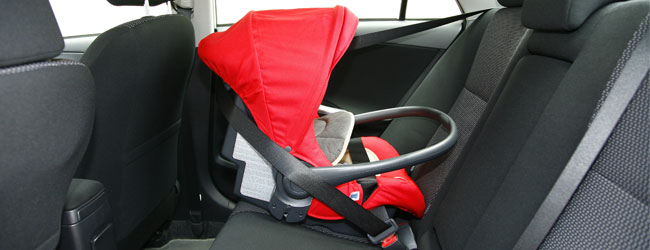
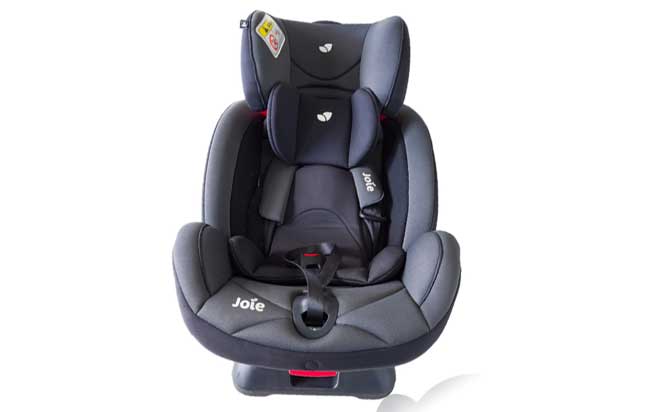
Forward, or front, facing children seats are similar to rear-facing seats designed for larger children, but they face the same way as the seat they are fitted to.
They are used for children who weight between 9 kg and 18 kg.
Booster seats are suitable for older children weighing between 15 kg and 25 kg.
They are available with a back support or simply the booster seat that your child sits on so they are at the correct height to use the adult seatbelt.
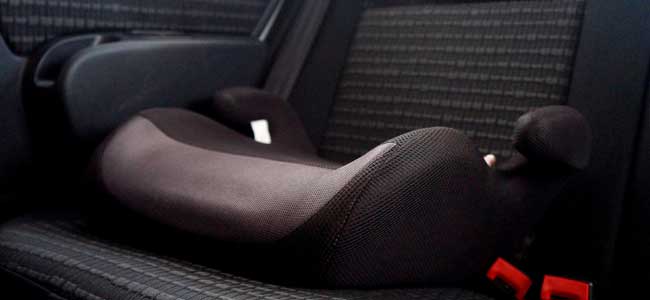
Some manufacturers also produce adjustable car seats that adapt as the child grows. If you purchase one of these you should always make sure you are using the appropriate set up for your child’s weight.
There are also some models of cars that offer the option of an integrated child seat. If the seat is EU approved then you will not need to use an additional child seat or restraint provided your child is in the right weight range to use it.
You should always ensure that a car seat is correctly fitted in line with the model’s instruction. Each model has different installation instructions and you should always follow these to ensure the seat is secure and safe for your child.
When installing a car seat you should always ensure:
Some shops like Halfords also offer child seat fitting services for you which you can use if you are ever unsure about fitting a child seat correctly.
Most cars that have been produced since 2002 are fitted with ISOFIX fixtures. These are universal fixtures to make securing a car seat quicker and simpler for you no matter the car that you are using.
There will be two mounting points at the base of the seat for you to fix the seat to, and some have an additional third at the top of the seat for additional security.
Another way that car seats might be secured is with a three-point seatbelt.
The seat’s instructions will explain how to use the seatbelt to secure the seat correctly.
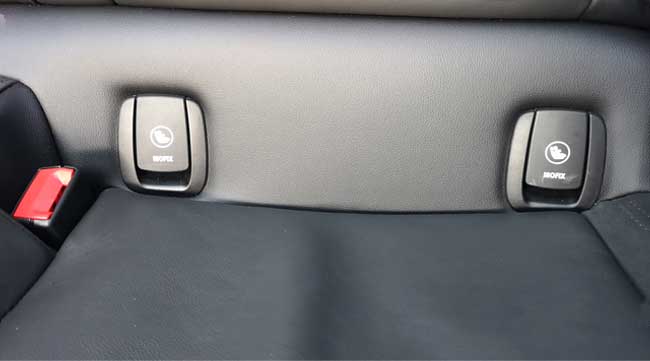
Some booster seats are simply placed on the seat and then the child’s weight holds it to the chair and they are secured in place by using the adult seatbelt as well.
You should never remove your child from their car seat when the vehicle is still moving.
If you need to take a child out of their car seat to comfort or feed you should find a safe place to pull over and fully stop the vehicle before removing them.
As your child gets older you should also teach them not to undo their harness or seatbelt until the vehicle is fully stopped and the driver has applied the handbrake or turned off the engine.
When you put your child into a car seat you should remove any large coats or blankets that increases the distance between your child’s body and their harness straps. You can still use a blanket to keep them warm in colder weather, but this should be laid over then once they are strapped in.
For more information on keeping your children safe in the car take a look at this guide or head back to our guide’s homepage for more information on driving and leasing in general.
Check out one of our helpful guides or our explaination of leasing to get all your questions answered.
You can unsubscribe at any time